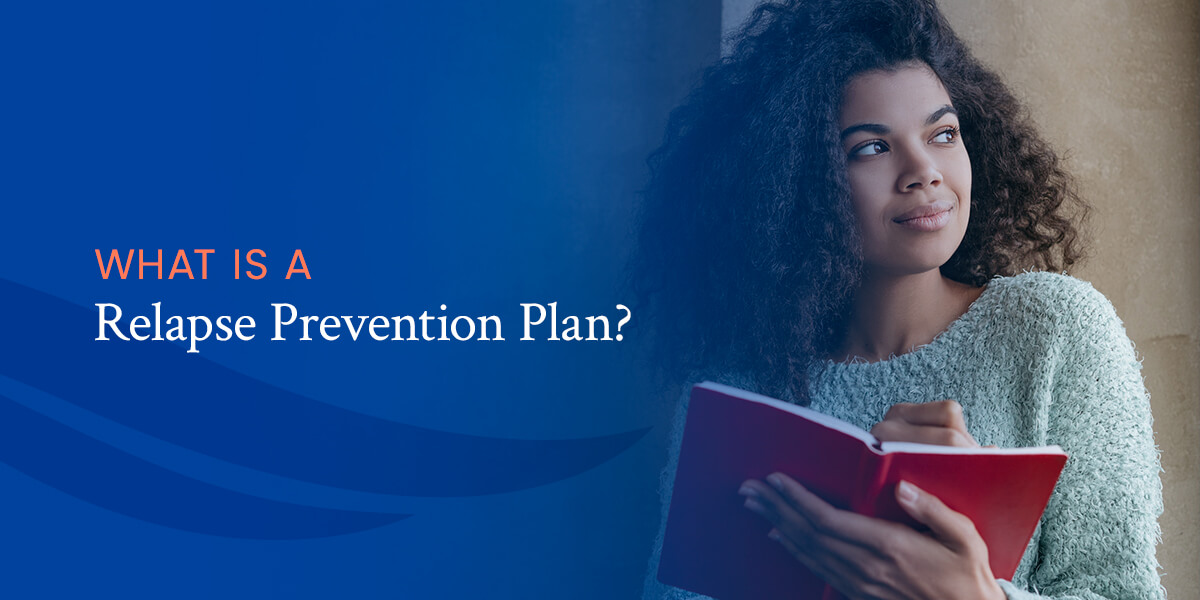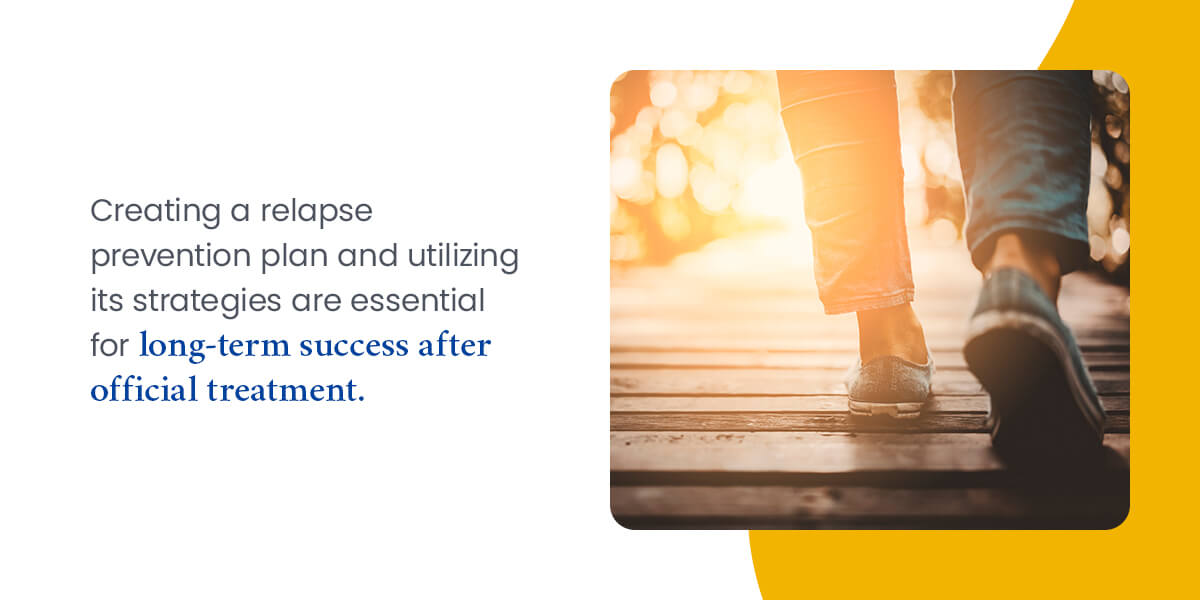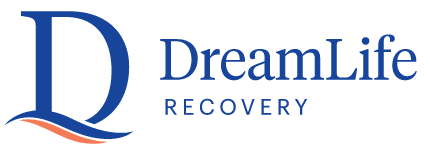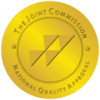What Is a Relapse Prevention Plan?


Written By
DreamLife RecoveryThe first year after treatment is an adjustment period as the brain adjusts to the absence of drugs or alcohol. This adjustment can be even more challenging with the addition of stress triggers. Relapse is common for people in this position as they struggle to cope with their cravings or uncomfortable feelings.
A relapse prevention plan will help you manage your triggers with healthy coping mechanisms. Keep reading to learn about the benefits of addiction treatment at an inpatient facility with aftercare planning and how to create an alcohol and drug relapse prevention plan.
What Is Relapse Prevention?
Relapse prevention involves learning how to recognize the signs of a potential relapse. Recognizing the signs helps you avoid triggers and pursue healthy coping methods.
Addiction treatment at an inpatient rehabilitation facility lets you work with an addiction specialist on a relapse prevention program. They’ll teach you how to identify the behavior that signals a potential relapse and make a detailed plan to seek help before you reach that point. Your plan should include:


Importance of Relapse Prevention Strategies
Creating a relapse prevention plan and utilizing its strategies are essential for long-term success after official treatment. Addiction is a lifelong illness and some people struggle to cope with triggers and cravings years after treatment. However, struggle and relapse don’t mean a person is failing or not trying their best to maintain their recovery. Relapse can happen for many reasons, including:
Relapse prevention strategies will equip you with the tools to manage life stressors. With these tools, you can learn to rely on healthy coping mechanisms rather than substance use.
How to Build a Relapse Prevention Plan
Creating a relapse prevention plan lets you develop strategies for your situation and triggers. You can keep your plan in your head or write it down to clearly define each step. A written plan is also easier to reference if you encounter a trigger or experience a craving. Follow these steps to create a quality relapse prevention plan:
1. Reflect on Your History
Ask yourself specific questions to help you understand what situations and events led to your substance use:
2. Identify Your Triggers and Warning Signs
Triggers are experiences or events that create an emotional response that could lead to a relapse. Potential triggers include stress, relationship problems and environmental cues. Identifying and listing your triggers can help you avoid them in the future. If some of your triggers are unavoidable, identifying them can also help you prepare for them in advance.
Along with triggers, you should also identify your warning signs. For example, you may have used substances to cope with relationship stress in the past. In this case, feeling stressed after an argument with your partner would be a warning sign. Early identification can give you a chance to get help before you relapse.
3. Create an Action Plan
Relapse can happen to anyone at any stage of recovery. If it happens to you, it doesn’t mean you’ve failed.
An action plan can help you if you do relapse. List steps that outline what you’ll do in this scenario. You might call a friend or sponsor, enroll in an inpatient treatment program or attend a peer support group.
However, you can also use your action plan for more than a worst-case scenario. If you feel close to a relapse, go ahead and follow the steps you’ve outlined. The more you use your action plan, the more you’ll see it as a useful tool throughout your recovery.
4. Involve Members of Your Support Network
Be sure to include other people in your relapse prevention plan — your sponsor, friends, family or support group members. Building your network into your plan gives you more ways to support yourself:
5. Set Lifestyle Goals
Setting goals can give you something to focus on while you’re in recovery. Consider short-term goals like:
You can also set long-term goals like:
Taking care of your body and mind will make it easier to overcome triggers or cravings and prevent a relapse.
Seeking a Rehab Program With Aftercare Planning
If you’re looking for long-term recovery from addiction, you should seek a rehab program with aftercare planning. These programs provide treatment after inpatient care to help you sustain your sobriety and tools to manage triggers, cravings and life stressors.
At DreamLife Recovery, you’ll have access to discharge planning during your stay. You’ll work with addiction specialists who will help prepare you for sober living, equipping you with the tools to achieve your goals and prevent relapse. You’ll also discuss the transition from treatment to discharge with one of our professional staff members and adjust your plan as needed. We’ll support you through the entire process and set you up for long-term success.
We understand how essential it is to have continued support throughout your recovery. We provide access to MAP Care Solutions for you and your family members. MAP Care Solutions connects you to peer support services with people who have shared your experiences. You’ll work with an MCS Peer Recovery Support Specialist (PRSS) four times a month for the first three months. After that, the sessions will occur twice each month.
Since the first year of recovery can be challenging, you’ll also have access to a 24/7 hotline to access peer support when you need it most.
Enroll in DreamLife Recovery’s Program for Aftercare Planning During Inpatient Stay
At DreamLife Recovery, we are invested in your long-term recovery from addiction.
We’ve designed our aftercare planning program to help you overcome the obstacles you might face as you reenter sober society. You’re never alone when you enroll in our inpatient program and we’ve helped many people like you overcome drug or alcohol addiction. We’ll set you up for long-term success and provide you with the resources you need to help heal your body and mind.
Contact us today to learn more about our programs and services and how we can help you lead a successful life after addiction.







